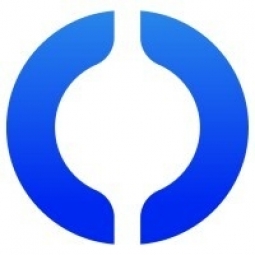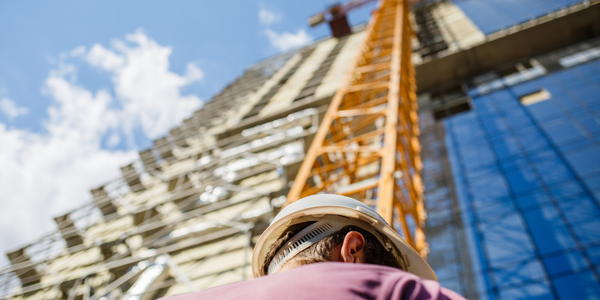地区
- America
国家
- United States
产品
- Fishbowl Warehouse
- Stego Wrap Vapor Barrier
技术栈
- QuickBooks
- SQL
实施规模
- Enterprise-wide Deployment
影响指标
- Productivity Improvements
- Cost Savings
技术
- 功能应用 - 库存管理系统
- 功能应用 - 企业资源规划系统 (ERP)
适用行业
- 塑料
- 建筑与基础设施
适用功能
- 物流运输
- 仓库和库存管理
用例
- 库存管理
- 供应链可见性(SCV)
服务
- 系统集成
关于客户
Stego Industries is a leading provider of below-slab moisture vapor protection in North America. The company has earned the trust and recommendation of the design and construction community through its commitment to education and technical support. Stego Industries specializes in moisture protection and control for the foundation or concrete slab of buildings. They educate the design and construction community to find sustainable solutions to ensure healthy indoor environments. Moisture-related flooring failures, indoor air quality issues, and lost energy efficiency cost the construction industry billions of dollars each year. Stego Industries' product, Stego Wrap Vapor Barrier, is the most commonly specified below-slab vapor barrier in the industry. Along with Stego Wrap, they have a full line of accessories to complete a comprehensive and successful installation. The company operates from a 100 percent solar-powered headquarters in San Clemente, California.
挑战
Stego Industries, a leader in below-slab moisture vapor protection, was struggling with an outdated inventory control system that was not able to handle their growing needs. Their order processing was slow and difficult, leading to inefficiencies and long working hours for their order entry and fulfillment team. They attempted to solve these issues by upgrading to a new version of QuickBooks, but it failed to address their order management problems. The company was in dire need of a solution that could streamline their inventory processes, eliminate double data entry, and provide access to detailed inventory data.
解决方案
Stego Industries turned to Fishbowl Warehouse to address their inventory and order management challenges. Fishbowl integrates with QuickBooks and also had the other features that Stego Industries was looking for to help with their challenges. Once Fishbowl was implemented, the company found that their order management and inventory problems were easily solved. The system provided accurate real-time inventory data, which significantly reduced the stress on their team. Fishbowl's intuitive ordering and sales process allowed for the elimination of double data entry, leading to increased efficiency in their Fulfillment and Logistics department.
运营影响
数量效益

Case Study missing?
Start adding your own!
Register with your work email and create a new case study profile for your business.
相关案例.
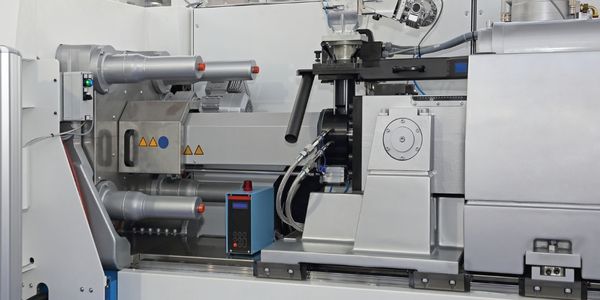
Case Study
Plastic Spoons Case study: Injection Moulding
In order to meet customer expectations by supplying a wide variety of packaging units, from 36 to 1000 spoons per package, a new production and packaging line needed to be built. DeSter wanted to achieve higher production capacity, lower cycle time and a high degree of operator friendliness with this new production line.

Case Study
IoT System for Tunnel Construction
The Zenitaka Corporation ('Zenitaka') has two major business areas: its architectural business focuses on structures such as government buildings, office buildings, and commercial facilities, while its civil engineering business is targeted at structures such as tunnels, bridges and dams. Within these areas, there presented two issues that have always persisted in regard to the construction of mountain tunnels. These issues are 'improving safety" and "reducing energy consumption". Mountain tunnels construction requires a massive amount of electricity. This is because there are many kinds of electrical equipment being used day and night, including construction machinery, construction lighting, and ventilating fan. Despite this, the amount of power consumption is generally not tightly managed. In many cases, the exact amount of power consumption is only ascertained when the bill from the power company becomes available. Sometimes, corporations install demand-monitoring equipment to help curb the maximum power demanded. However, even in these cases, the devices only allow the total volume of power consumption to be ascertained, or they may issue warnings to prevent the contracted volume of power from being exceeded. In order to tackle the issue of reducing power consumption, it was first necessary to obtain an accurate breakdown of how much power was being used in each particular area. In other words, we needed to be able to visualize the amount of power being consumed. Safety, was also not being managed very rigorously. Even now, tunnel construction sites often use a 'name label' system for managing entry into the work site. Specifically, red labels with white reverse sides that bear the workers' names on both sides are displayed at the tunnel work site entrance. The workers themselves then flip the name label to the appropriate side when entering or exiting from the work site to indicate whether or not they are working inside the tunnel at any given time. If a worker forgets to flip his or her name label when entering or exiting from the tunnel, management cannot be performed effectively. In order to tackle the challenges mentioned above, Zenitaka decided to build a system that could improve the safety of tunnel construction as well as reduce the amount of power consumed. In other words, this new system would facilitate a clear picture of which workers were working in each location at the mountain tunnel construction site, as well as which processes were being carried out at those respective locations at any given time. The system would maintain the safety of all workers while also carefully controlling the electrical equipment to reduce unnecessary power consumption. Having decided on the concept, our next concern was whether there existed any kind of robust hardware that would not break down at the construction work site, that could move freely in response to changes in the working environment, and that could accurately detect workers and vehicles using radio frequency identification (RFID). Given that this system would involve many components that were new to Zenitaka, we decided to enlist the cooperation of E.I.Sol Co., Ltd. ('E.I.Sol') as our joint development partner, as they had provided us with a highly practical proposal.

Case Study
Splunk Partnership Ties Together Big Data & IoT Services
Splunk was faced with the need to meet emerging customer demands for interfacing IoT projects to its suite of services. The company required an IoT partner that would be able to easily and quickly integrate with its Splunk Enterprise platform, rather than allocating development resources and time to building out an IoT interface and application platform.
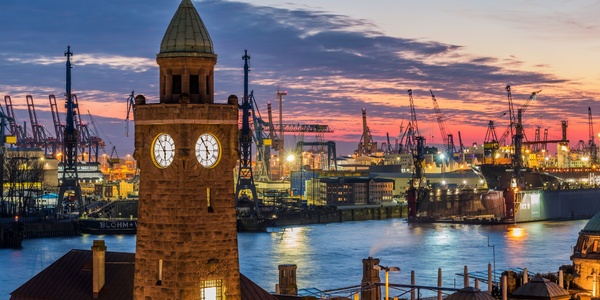
Case Study
Bridge monitoring in Hamburg Port
Kattwyk Bridge is used for both rail and road transport, and it has played an important role in the Port of Hamburg since 1973. However, the increasing pressure from traffic requires a monitoring solution. The goal of the project is to assess in real-time the bridge's status and dynamic responses to traffic and lift processes.
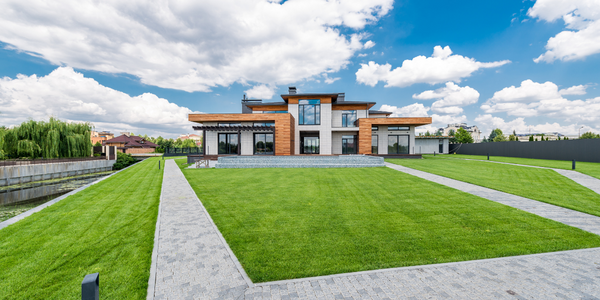
Case Study
Bellas Landscaping
Leading landscaping firm serving central Illinois streamlines operations with Samsara’s real-time fleet tracking solution: • 30+ vehicle fleet includes International Terrastar dump trucks and flatbeds, medium- and light-duty pickups from Ford and Chevrolet. Winter fleet includes of snow plows and salters.




